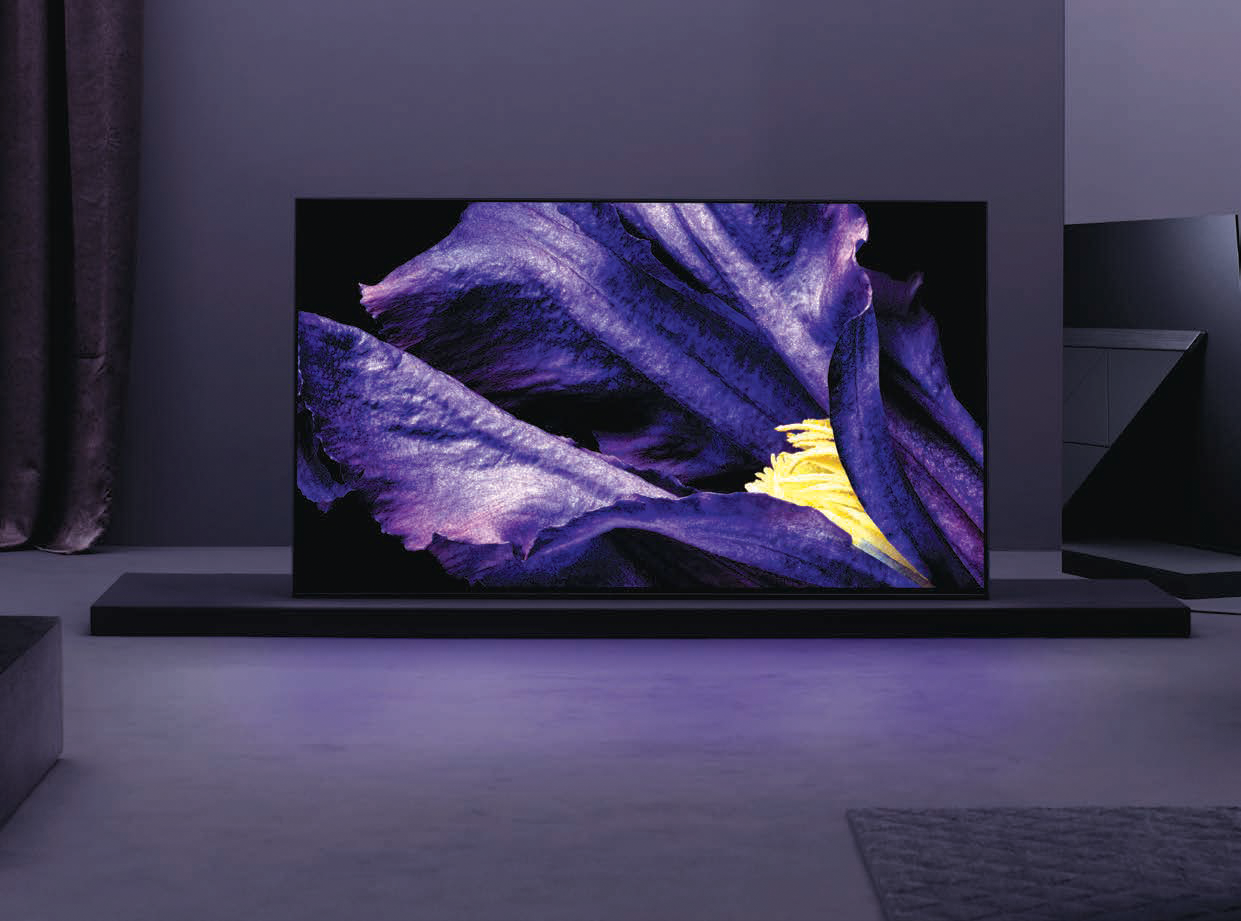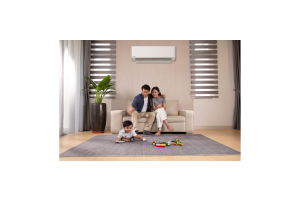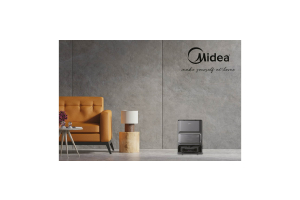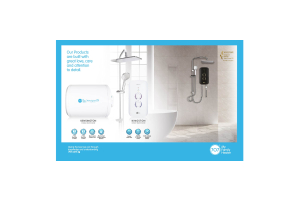How To Choose The Right TV - Buying Guide
TV Buying Guide
OLED, 4K, HDR AND MORE – WE BREAK DOWN THESE INTIMIDATING TV TECH TERMS AND TRANSLATE THEM INTO SOMETHING SIMPLER.
The arrival of Sony’s BRAVIA OLED A9F Series, a 4K HDR OLED TV, marks remarkable improvements in sound and picture qualities for OLED TVs.
It’s not easy buying a TV. With a foreign-sounding range of technical terms and specs to wade through, comparing one screen to the other is no walk in the park. Fortunately, we’ve processed the hard, technical stuff to help you cut to the chase by determining which specs matter. This way, you can pick the right television based on your viewing habits and lifestyle.
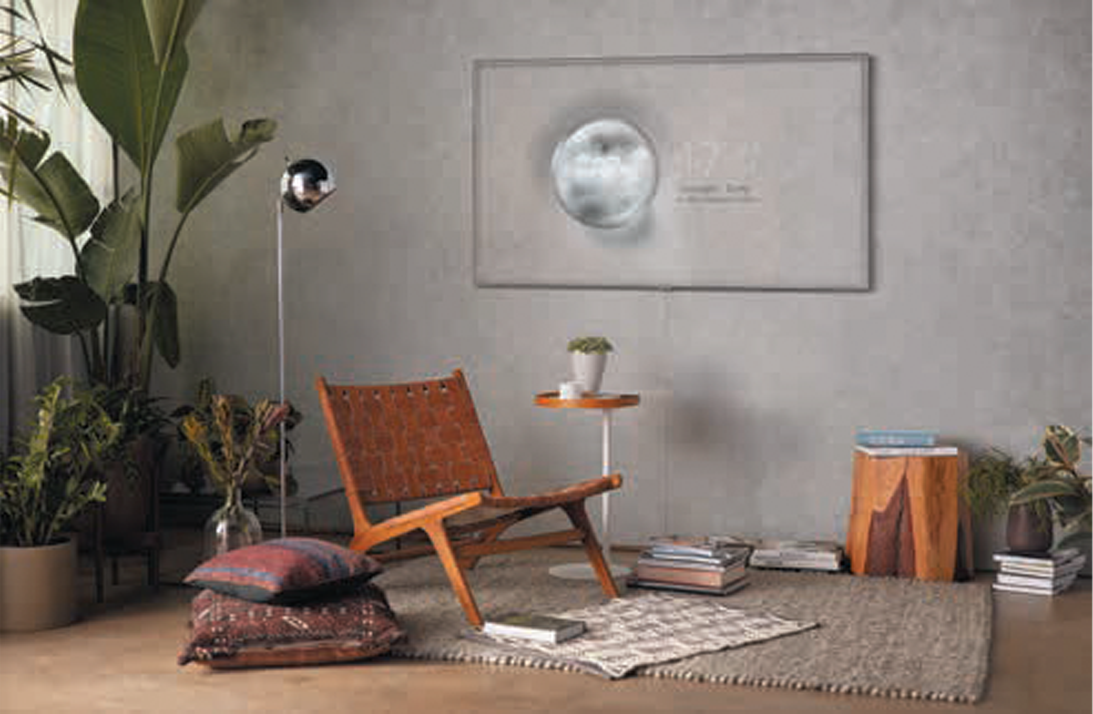
HD
Short for ‘high definition, HD is technically any screen with a resolution higher than 720 pixels tall. The more pixels there are, the higher in definition the screen is.
HDR
High dynamic range, better known as HDR, is a feature being hyped on mid-and high-level televisions that lets the screens display a larger array of colours, lightness, and blacks than before. On televisions, HDR makes images much more realistic looking.
It’s not easy buying a TV. With a foreign-sounding range of technical terms and specs to wade through, comparing one screen to the other is no walk in the park. Fortunately, we’ve processed the hard, technical stuff to help you cut to the chase by determining which specs matter. This way, you can pick the right television based on your viewing habits and lifestyle.
4K
The current big thing in broadcast and streaming content, 4K is also known as ultra-high-definition (UHD). This presents a resolution four times the pixel density of high definition video. 4K also offers a brighter picture and sharper detail than HD – which is why now is the time to look into a 4K set.
As the latest and greatest in display technology, OLED (organic LED) screens have individual organic light-emitting diodes. This draws out a clearer picture quality and dynamic colours as these diodes produce light and colour at the same time.
QLED
Now there are Samsung’s QLED TVs. Short for quantum-dot LED, QLED TVs use quantum dots to enhance performance in key picture quality areas. QLED TVs are special because they are able to produce 100 per cent real colours that allow you to watch your favourite content and characters come to life in realistic, accurate colours.
Contrast Ratio
A number that shows the difference between the television’s brightest bright and blackest black, the contrast ratio describes how varied a television’s image can be. So, the bigger the ratio, the better the TV looks. And the smaller that first number is, the more likely you are to have a washed-out display.
OLE OLE OLED
A quick look at these hot OLED TV models and their wow-factor specs.
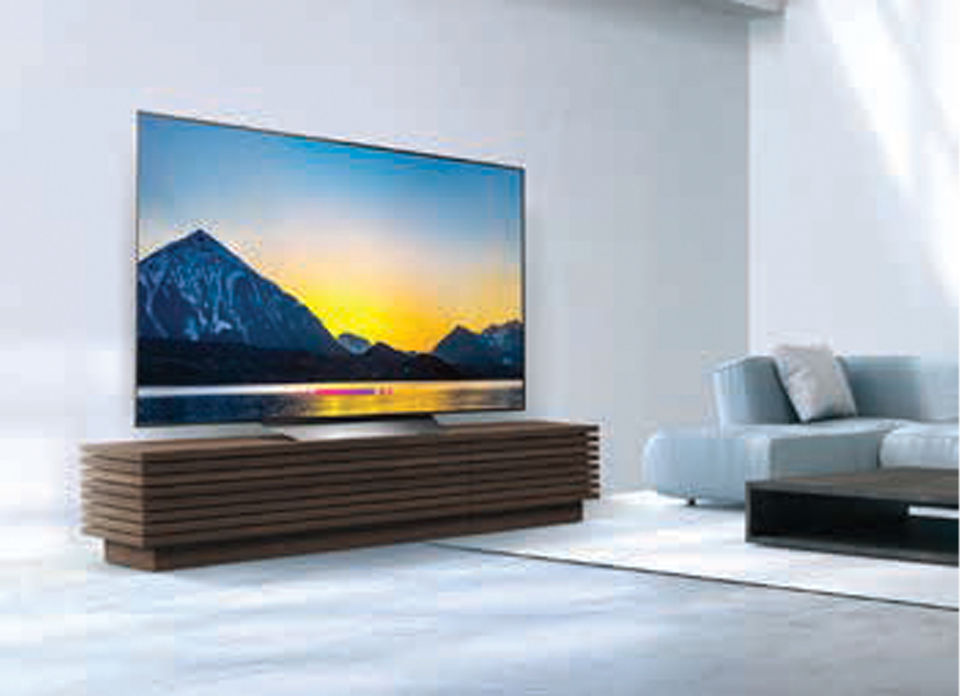
LG’s α (Alpha) 7 Processor, 4K Cinema HDR for a truly cinematic viewing experience, Dolby Atmos® which offers astounding object-based surround sound
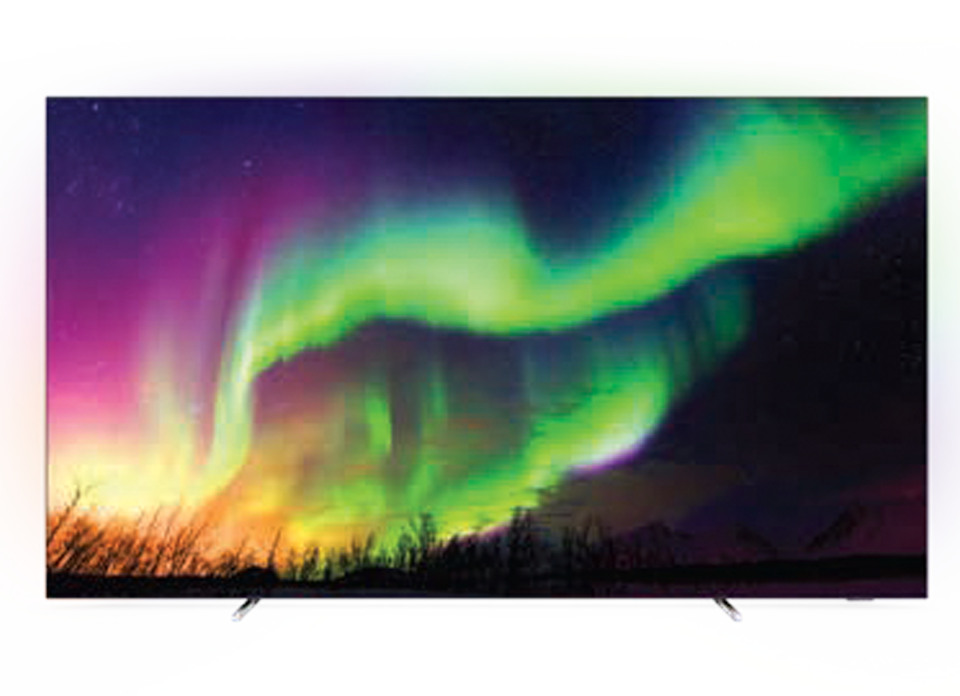
PHILIPS OLED803 TV (ANDROID TV)
Ambilight 3-sided, P5 Perfect Picture Engine, Google Assistant built-in
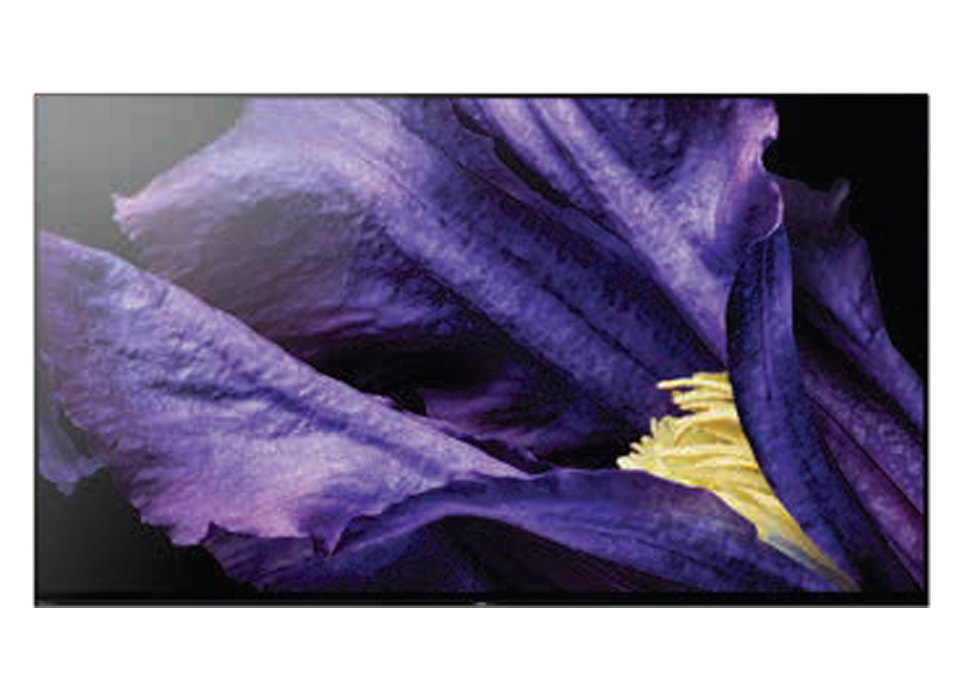
4K HDR Processor X1™ Ultimate, Pixel Contrast Booster for enhanced colour contrast in high luminance, Acoustic Surface Audio+™ for one of the best-improved sound qualities ever heard on any TV.
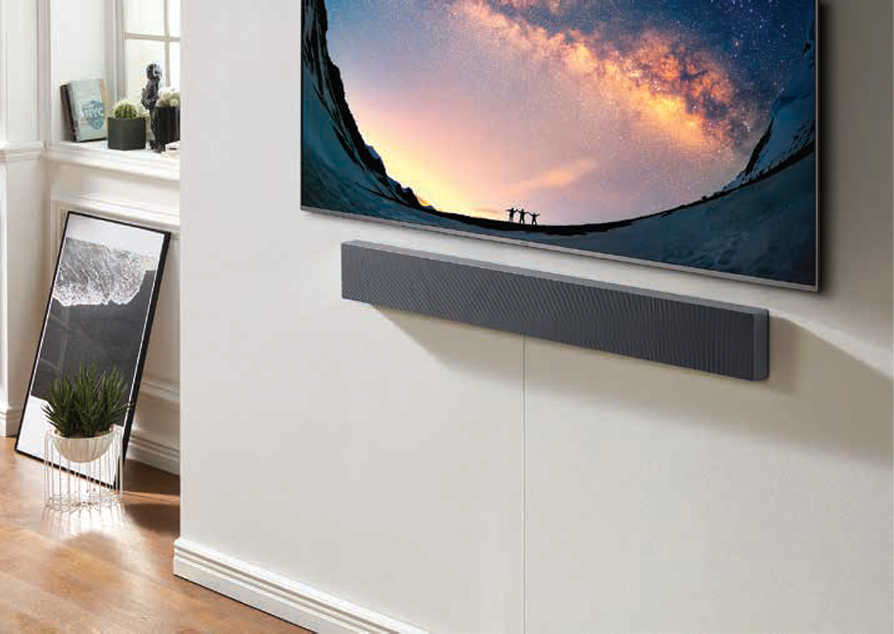
Smart TVs VS Android TV Box
Smart TVs can be considered the whole package. It’s a neat and unified platform that syncs with your phone and other smart devices easily and you only require one remote to operate. And while it’s nice to be able to access these online services without an external box, some manufacturers using their own proprietary smart systems may be slow to update them or offer limited apps. An Android TV box is a small set-top box or computer that can be plugged into any television to convert it into a smart TV. It gives users access to web-browsers, TV shows, motion pictures and live games. It works on Android OS and comprises a vast app library; hence it is similar to using Android mobile, which can be connected to the Google Play store. To let viewers enjoy the best of both worlds, some manufacturers such as Sony’s BRAVIA Series have incorporated the Android Oreo platform into their own Smart TVs.
Screen Size
Now that you have a clearer grasp of the general TV terms and technology, your next decision would be to find the right screen size. Besides considering how many people in your family typically watch TV at the same time, the golden rule is the further away from the sofa, the larger the TV screen. Your TV screen size should be 1.2 to 1.6 times the distance between your sofa and the screen. If you’re looking at a 4K ultra-high-definition television, the formula changes a bit because of the increased resolution. Here is a general guideline based on your TV size and living room area:
|
TV SIZE |
FOR 4K ULTRA HD TVs |
FOR 1080P HD TVs |
|
50 INCHES |
50 – 75 INCHES |
120 – 150 INCHES |
|
55 INCHES |
55 – 82 INCHES |
130 – 162 INCHES |
|
60 INCHES |
60 – 90 INCHES |
144 – 175 INCHES |
|
65 INCHES |
65 – 97 INCHES |
100 – 124 INCHES |
|
70 INCHES |
70 – 105 INCHES |
108 – 138 INCHES |
READ MORE: CITY LIVING MAGAZINE | FOLLOW US: Facebook | SHOP NOW: Gain City

